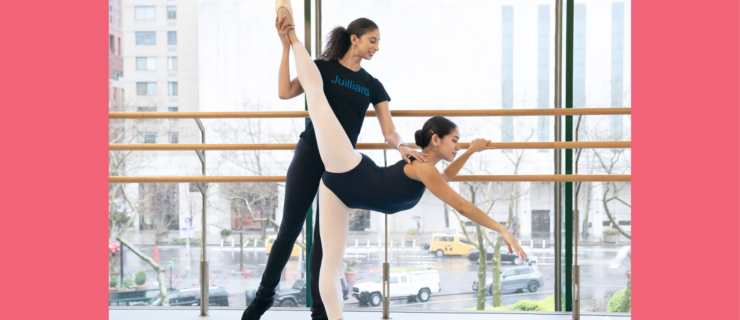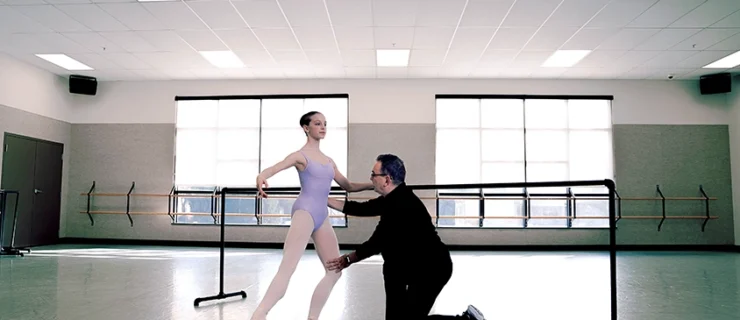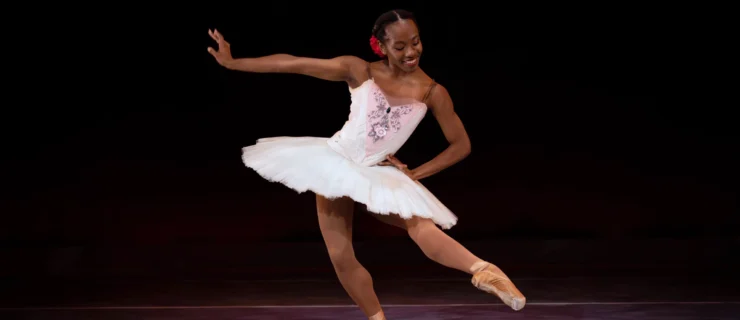Breaking Down Coupé Jeté en Tournant With ABT’s Carlos Lopez
There’s something uniquely exciting about coupé jeté en tournant. “I think it’s the combination of turning, jumping and traveling,” says Carlos Lopez, American Ballet Theatre’s director of repertoire and a former soloist with the company. “Usually you see it at the end of a ballet, in a manège in the coda. It requires a lot of energy and momentum, so it really feels like you’re flying across the stage.”
Lopez, who refined his approach to coupé jeté by watching videos of former ABT star Julio Bocca, says the step has always been one of his favorites, ever since he was a student. “Every time I had to do them in a coda I’d think, Okay, here is my moment.” Below, he shares his tips for powerful coupés jetés.
Build Coordination
The combination of elements that make coupé jeté so exciting also make it more difficult. “You have to have the coordination of the coupé en tournant with the arms closing, and then open them while the leg brushes out at the same time,” says Lopez. “You need those separate movements to be very correct and integrated in your body so you can execute the whole step.”

To help build this coordination in younger dancers, Lopez breaks everything down at the barre with this exercise:
- Facing the barre in fifth position, coupé the back foot and plié, maintaining turnout in the legs.
- Close to fifth plié, and then dégagé the front leg out while straightening the legs, closing in fifth.
- Eventually, add a jump, replacing the dégagé with a jeté en avant. (See video)
From there, Lopez has dancers try simplified coupés jetés from the corner, without the coupé en tournant, to practice closing the arms in first and then opening them in tandem with the legs. He eventually adds the turn as dancers gain coordination. The last stage is to try coupé jeté in a manège.
Push From the Back Leg
Remember to push off the back foot as it lowers into plié from the coupé en tournant, says Lopez. That’s where your jump’s power and forward propulsion comes from. “When you don’t push with your back leg, then you aren’t able to open your front leg into the split.”
Lopez notes that many dancers often coupé jeté from more of an open fourth position, especially in a manège. “There are different ways people execute it,” he says. “In the lower levels I usually like to get really clear in the coupé jeté from fifth. But as dancers become professional and need to cover more space, they often choose to open it up a bit more.”
Avoid “The Tilt”
Without a strong push from the back leg, Lopez says, dancers aren’t able to travel forward and achieve the full split in the air. “You see this especially during a manège. When you’re going in a circle, your body tends to want to tilt towards the inside,” he says. While the back arm can open up a bit in the first arabesque position, the shoulders and front arm should stay square, in line with the front leg and reaching towards the direction you’re going.
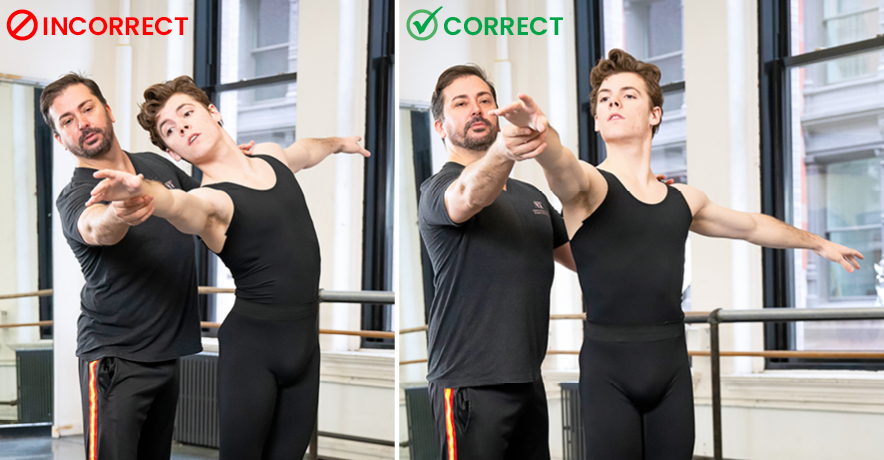
If you struggle with this, break it down: Practice grand battement in effacé devant with the arms in a square first-arabesque position, feeling the connection between the shoulders, arms and brushing leg.
A Powerful Split
This may seem obvious, but if you have trouble achieving a split in the air, you need to stretch on the ground. “When I was a dancer I used to try to feel the split on the floor, keeping my arms square in that first arabesque position,” says Lopez. When you do the actual coupé jeté, use the step’s energy and momentum to help push the legs apart as you jump.
Maintain Your Turnout
Another common trouble spot comes after landing the jeté, as the back leg pulls into coupé. “The tendency is to turn in the leg,” Lopez says. Keep the rotation in the knee and thigh activated during the coupé en tournant so that your back foot can push off from a turned-out position.
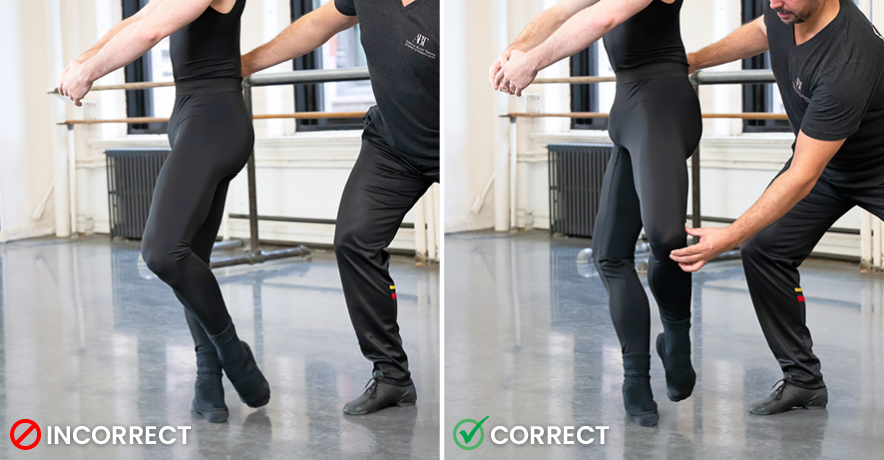
Let Your Spot Help You
A strong, fast spot is crucial, especially during a manège. “Use the coupé en tournant to change your spot to the next direction you’re going to go in,” says Lopez. This will help you stay oriented as you make your circle. “You want to think about facing a different front with each coupé jeté.”



